Newsletter | How William Friedkin's The Exorcist Fuelled Real-World Rituals
As the celebrated director passes away, examining the off screen impact of his most iconic work.
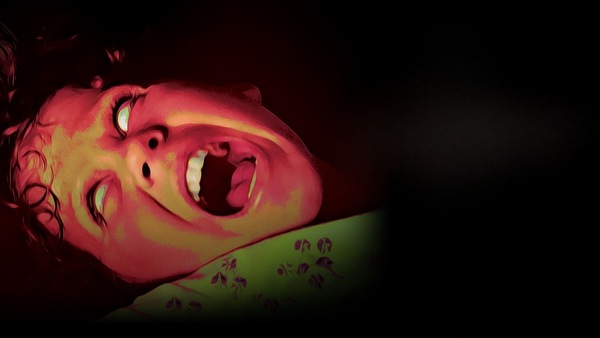
Last Updated: 07.39 AM, Aug 08, 2023
This column was originally published as part of our newsletter The Daily Show on August 8, 2023. Subscribe here. (We're awesome about not spamming your inbox!)
***
OSCAR-WINNING director William Friedkin, known for his genre-defining 1973 classic The Exorcist, passed away in Los Angeles on Monday, 7 August 2023, aged 87. The Associated Press reported that the American filmmaker, who took home the Academy Award for Best Directing in 1971 for The French Connection, had been ailing for a while. Odes to Friedkin’s work poured in within a few hours of the announcement, many of them focused on his two best-known films as well as other favourites like Sorcerer (1977) and To Live and Die in LA (1985). Of course, the influence of The Exorcist is understandably writ large in these tributes.
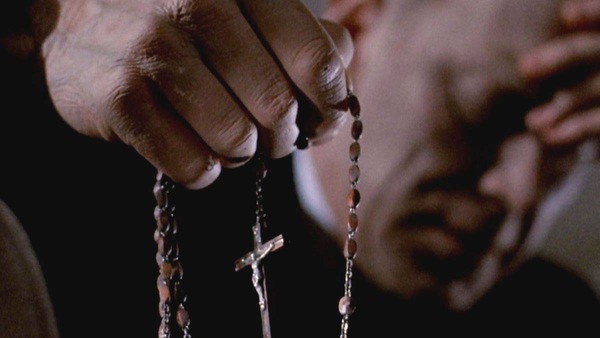
The Exorcist wasn’t Friedkin’s only film that looked at demonic possession and the Catholic process of banishment thereof. In 2017, the director released a documentary called The Devil and Father Amorth, depicting an actual exorcism. The central figure in Friedkin’s documentary is Rev. Gabriele Amorth, who was the exorcist for the Diocese of Rome from 1986. He performed that role until his death in 2016, aged 91, and it is claimed that he had undertaken no fewer than 1,60,000 exorcisms in that time. (Amorth’s life also received the fictional treatment, in this year’s Russell Crowe-starrer, The Pope’s Exorcist.)
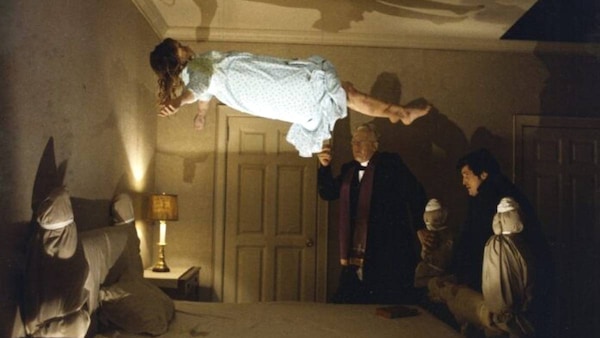
Religious scholars have attributed Friedkin’s The Exorcist as being largely responsible for revitalising exorcism off screen. “When the film came out in 1973, requests for exorcisms surged. The Church, which had regarded exorcism as a source of embarrassment, lacked the experience and training to accommodate this demand. But Church authorities have increasingly warmed to exorcism, viewing it as an asset rather than a liability,” writes Professor Joseph P Laycock in an article examining the feedback loop between horror films and practices like exorcism in the real world.
As is evident from the timeline cited above, Amorth himself began carrying out exorcisms a decade after Friedkin’s movie had become part of the public consciousness. While the general reaction towards The Exorcist was divided along the lines of those who found it “deeply spiritual” versus others who found the explicit sequences in it near-pornographic, Amorth was a fan. “Of course, the special effects are exaggerated. But it is a good film, and substantially exact, based on a respectable novel which mirrored a true story,” Amorth reportedly said.
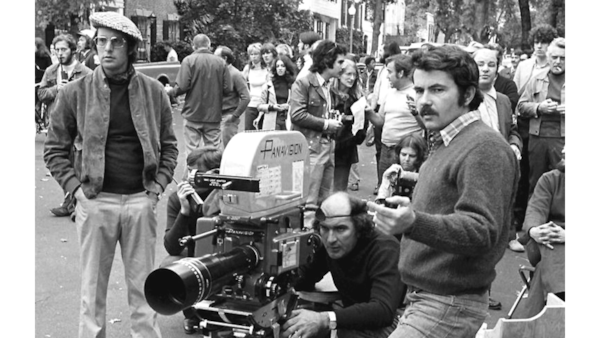
The priest would go on to shape how exorcism, until then a relatively little-followed ritual in most of the western world, was perceived. By 1990 he had formed a global Catholic group (called the International Association of Exorcists) that trained priests to perform exorcisms. Meanwhile, horror films premised on demonic possession and exorcisms have become almost sine qua non every year in recent memory, with titles like The Conjuring series, Constantine, The Exorcism Of Emily Rose, Agnes, The Devil’s Doorway, Requiem, The Witch, The Rite, Deliver Us From Evil, The Cleansing Hour, The Last Exorcism, The Possession and many more, offering their own takes on the trope. (The Exorcist itself spawned two follow-ups; a new remake — Believer — is scheduled to release later this year to mark the original’s 50th anniversary.)
Friedkin incidentally had never seen an actual exorcism being performed until 2016, when Amorth invited him to observe one as he worked. It was the ninth exorcism attempt on a woman known only as “Cristina”, from the Italian village of Alatri. “I had no idea what to expect,” Friedkin said. In terms of treatment, quality or approach, the documentary certainly bears little resemblance to the best of Friedkin’s oeuvre. Its theme may be similar to The Exorcist, but The Devil and Father Amorth attempts more laboriously to analyse the various facets play into exorcisms, bring together questions of faith vs science, religion vs rationality and more in that vein. It feels roughly put together, with a tendency to sensationalise its presentation of an already dramatic occurrence.
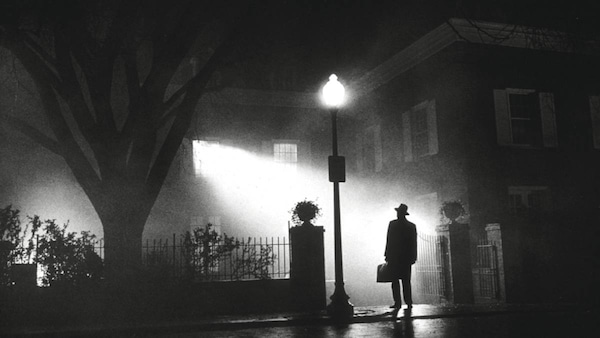
The Devil and Father Amorth is nowhere near as compelling a depiction of religion, morality, theology and faith — or specifically how Friedkin views them — as The Exorcist. A footnote to this would be the 2019 documentary Leap of Faith (dir. Alexandre O Philippe) that has Friedkin retrace the making of The Exorcist. While it doesn’t touch on the more troubling aspects of the production (injuries sustained by actors Ellen Burstyn and Linda Blair on set; the conservative dogma that the film could be seen as reinforcing, Friedkin’s seemingly volatile personality, etc) it’s a far more insightful showcase of the director’s creative, intellectual and practical preoccupations as he made one of his most celebrated works.

